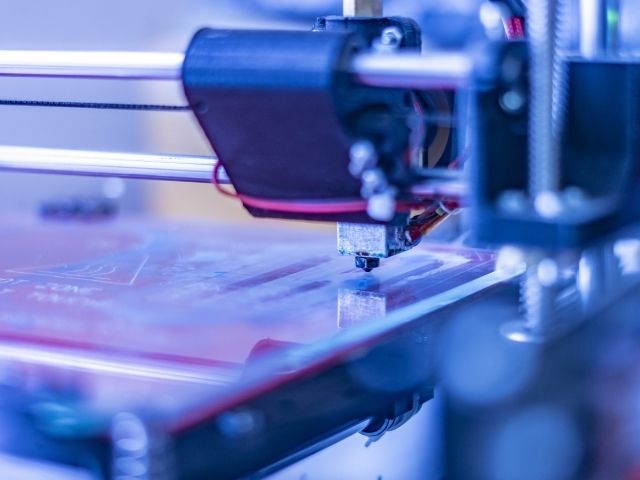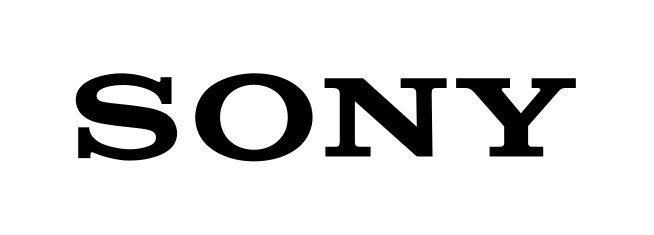Top Types of Filaments To Use in Your 3D Prints

The most common feedstock for 3D printers is 3D printing filament. As the name implies, this kind of feedstock is common in three-dimensional printing. Filament for 3D printers is available in two diameters: 1.75 mm and 2.85 mm/3 mm. If you were wondering what types of filaments you can use in your 3D printer, look here for more on the top types of filaments to use in your 3D prints!
PLA Filaments
PLA filament, or polylactic acid, is a popular 3D printing material since it does not emit a harmful odor and is eco-friendly. It’s a biodegradable thermoplastic manufactured from renewable materials, including potato starch, sugar cane, and cornstarch.
ABS Filaments
Because of its impact resilience and good quality, Acrylonitrile Butadiene Styrene, or ABS 3D printer plastic, is widely utilized for a variety of applications. It’s long-lasting, adaptable, and simple to use. ABS filament is the greatest 3D filament option for automobile parts, toys, electronic assembly, and anything else that moves.
HDPE Filament
HDPE filament, or high-density polyethylene, is recyclable and a great alternative if you’re worried about the environment. It’s strong, corrosion-resistant, and weather-resistant, with a high strength-to-density ratio.
Nylon Filament
Nylon filament is a cost-effective product with other desirable characteristics such as flexibility, low weight, and wear resistance. It’s the best 3D printer filament for mechanical and functional items.
Wax Filament
Designers engineered this filament to produce molds. It soon melts out of negative imprints and leaves a small trace behind. Wax filaments might assist you in getting a precise mold of what you print.
Wood Filament
If you’re looking for a 3D filament for a desktop printer, wood-based filament is a great option. It prints easily and is an excellent choice for giving your 3D project a wood-like appearance. It also has a woody scent to it.
As you craft your next design, use this list of the top types of filaments to use in your 3D prints to find the right material for your project! While it can be hard to understand which filaments work best with which designs, understanding things like the key differences between PETG and PLA filaments will help you turn out much better quality prints.





